
A bed of manganese nodules offshore of the Cook Islands
About half the oxygen we breathe comes from the ocean. It was long presumed that this oceanic oxygen was produced by photosynthesis, the process by which green plants use sunlight to synthesize foods by absorbing carbon dioxide and water, emitting oxygen as a byproduct. For at least a decade, however, researchers have observed significant levels of oxygen in the dark, deep ocean, far too deep for sunlight to reach and therefore too deep for photosynthesis.
New research published in the journal Nature Geoscience reveals that nature has devised a way to produce oxygen without the involvement of plants. It’s “an amazing and unexpected finding,” Daniel Jones, a researcher at the National Oceanography Center in the United Kingdom who wasn’t involved in the study, tells CNN’s Katie Hunt.
Rather than relying on sunlight and plants, the new research concluded that “dark oxygen” is being produced in the deep ocean, apparently by electrolysis involving lumps of metal on the seafloor.
Continue reading →
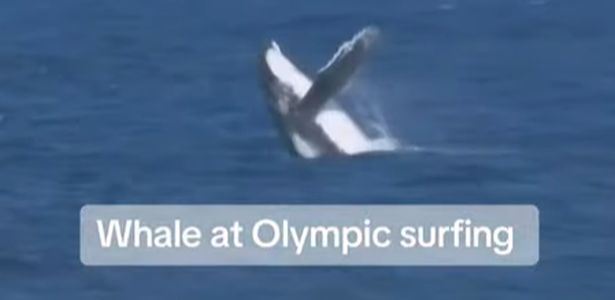 Most of the 2024 Summer Olympic Games have been held in Paris. The surfing competition, however, took place some 9,800 miles from Paris in the French Polynesian island of Tahiti.
Most of the 2024 Summer Olympic Games have been held in Paris. The surfing competition, however, took place some 9,800 miles from Paris in the French Polynesian island of Tahiti. 
 In January, we
In January, we  A
A 

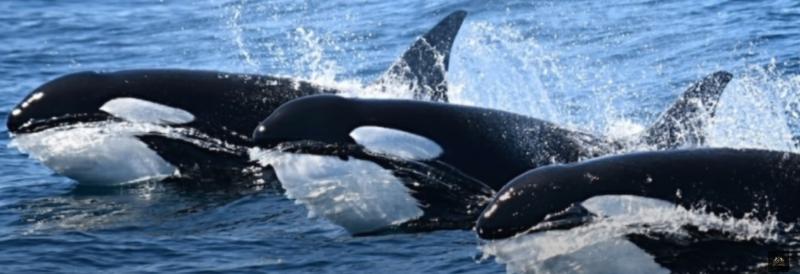 The mystifying attacks on sailboats by a pod of Iberian orcas continue.
The mystifying attacks on sailboats by a pod of Iberian orcas continue.
 The
The  The wreckage of the MV
The wreckage of the MV 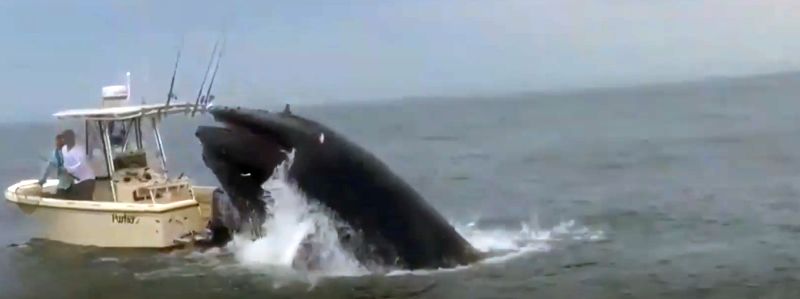 A humpback whale that appeared to be
A humpback whale that appeared to be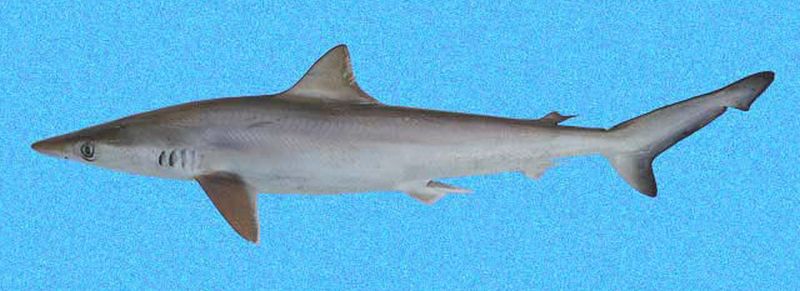
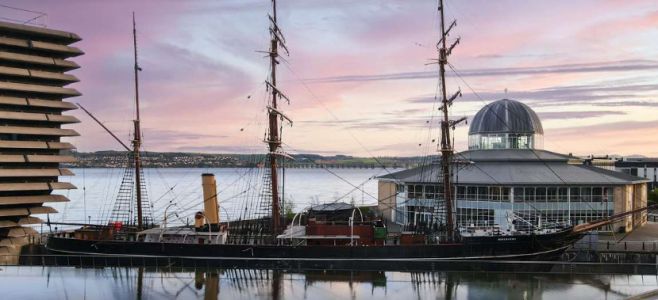

 Yemeni Houthi rebels have released a video of an attack they claim to have been carried out by a sea drone on an oil tanker in the Red Sea. The footage shows a small vessel approaching, then colliding with the ship’s port side, resulting in a large explosion.
Yemeni Houthi rebels have released a video of an attack they claim to have been carried out by a sea drone on an oil tanker in the Red Sea. The footage shows a small vessel approaching, then colliding with the ship’s port side, resulting in a large explosion. 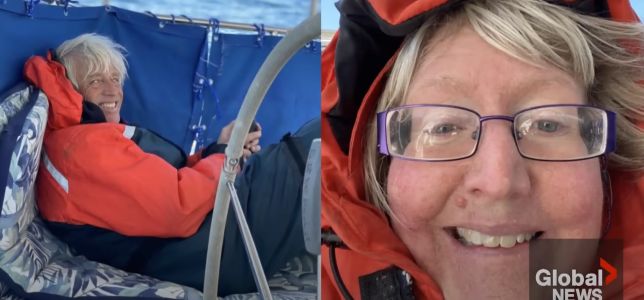 Last week, a 10-foot inflatable boat with two bodies on board was discovered washed ashore on Sable Island, Nova Scotia. The remains are believed to be of Brett Clibbery, 70, and Sarah Packwood, 60, from British Columbia, who were reported missing on June 18. Nova Scotia’s medical examiner service continues to work to positively identify the bodies, police said, but next of kin have been notified.
Last week, a 10-foot inflatable boat with two bodies on board was discovered washed ashore on Sable Island, Nova Scotia. The remains are believed to be of Brett Clibbery, 70, and Sarah Packwood, 60, from British Columbia, who were reported missing on June 18. Nova Scotia’s medical examiner service continues to work to positively identify the bodies, police said, but next of kin have been notified. Yesterday, we
Yesterday, we On 11 July 2024 at about 10:45am,
On 11 July 2024 at about 10:45am, 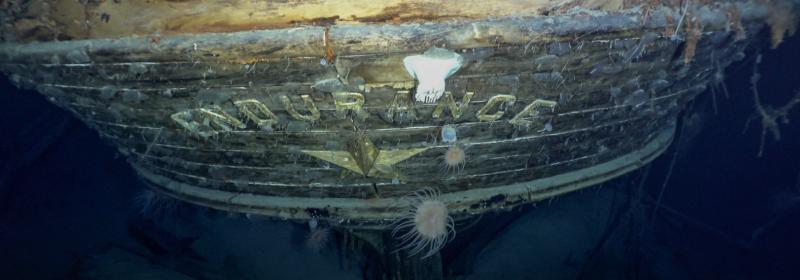 In March of 2022,
In March of 2022, 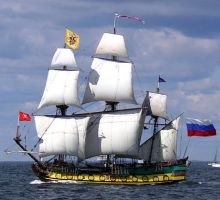 A few days before one of the world’s largest maritime gatherings, the crew of the Russian sailing ship
A few days before one of the world’s largest maritime gatherings, the crew of the Russian sailing ship  The Iranian
The Iranian